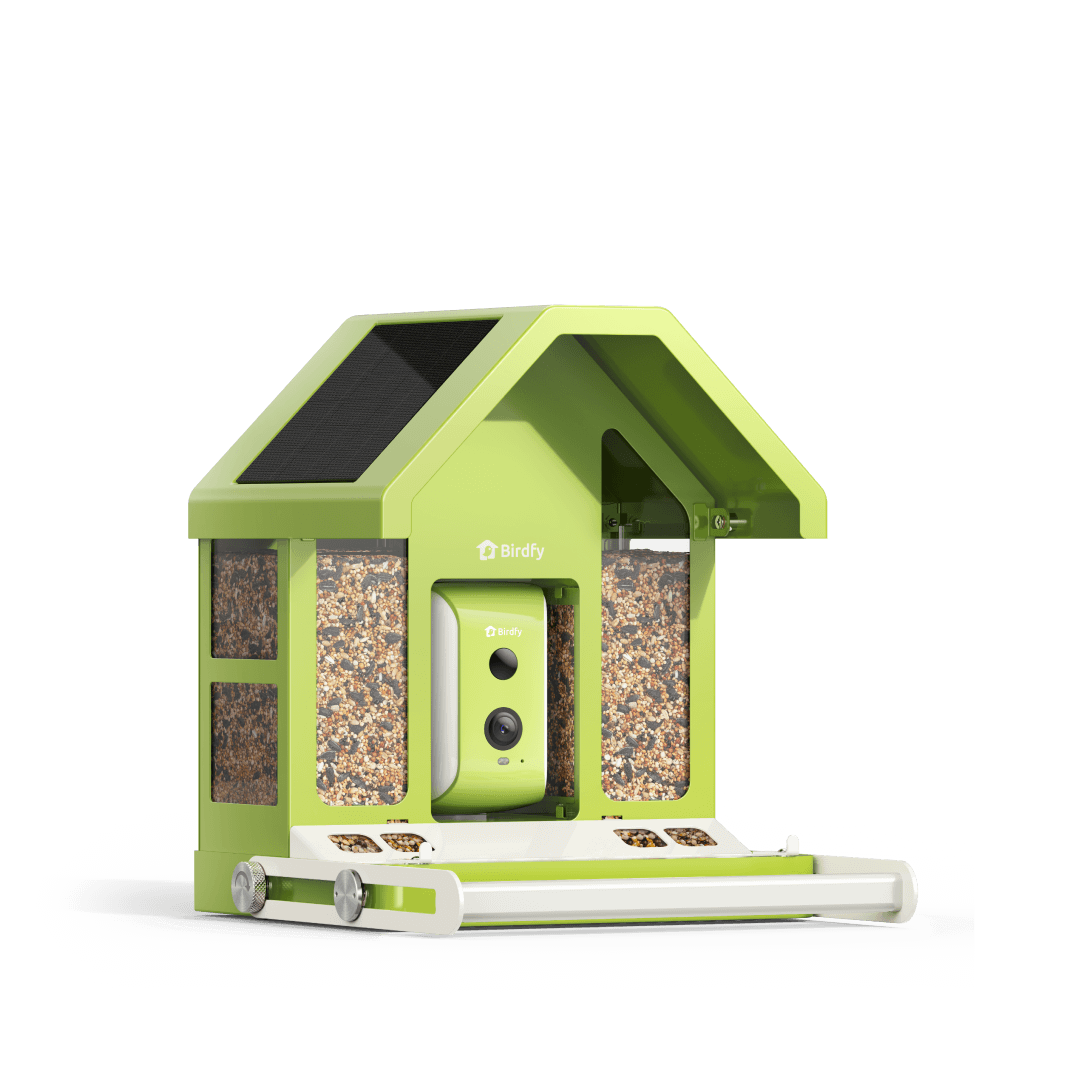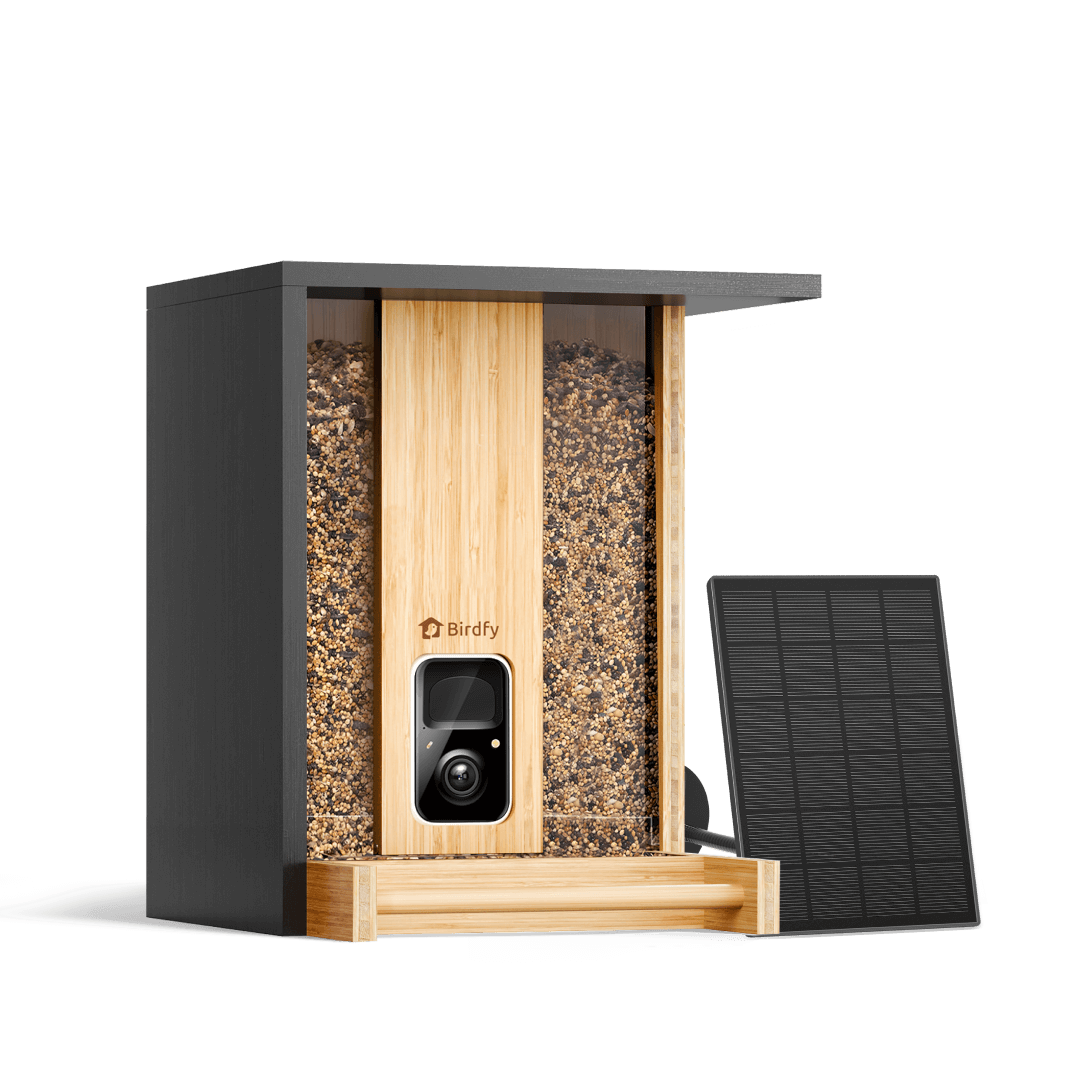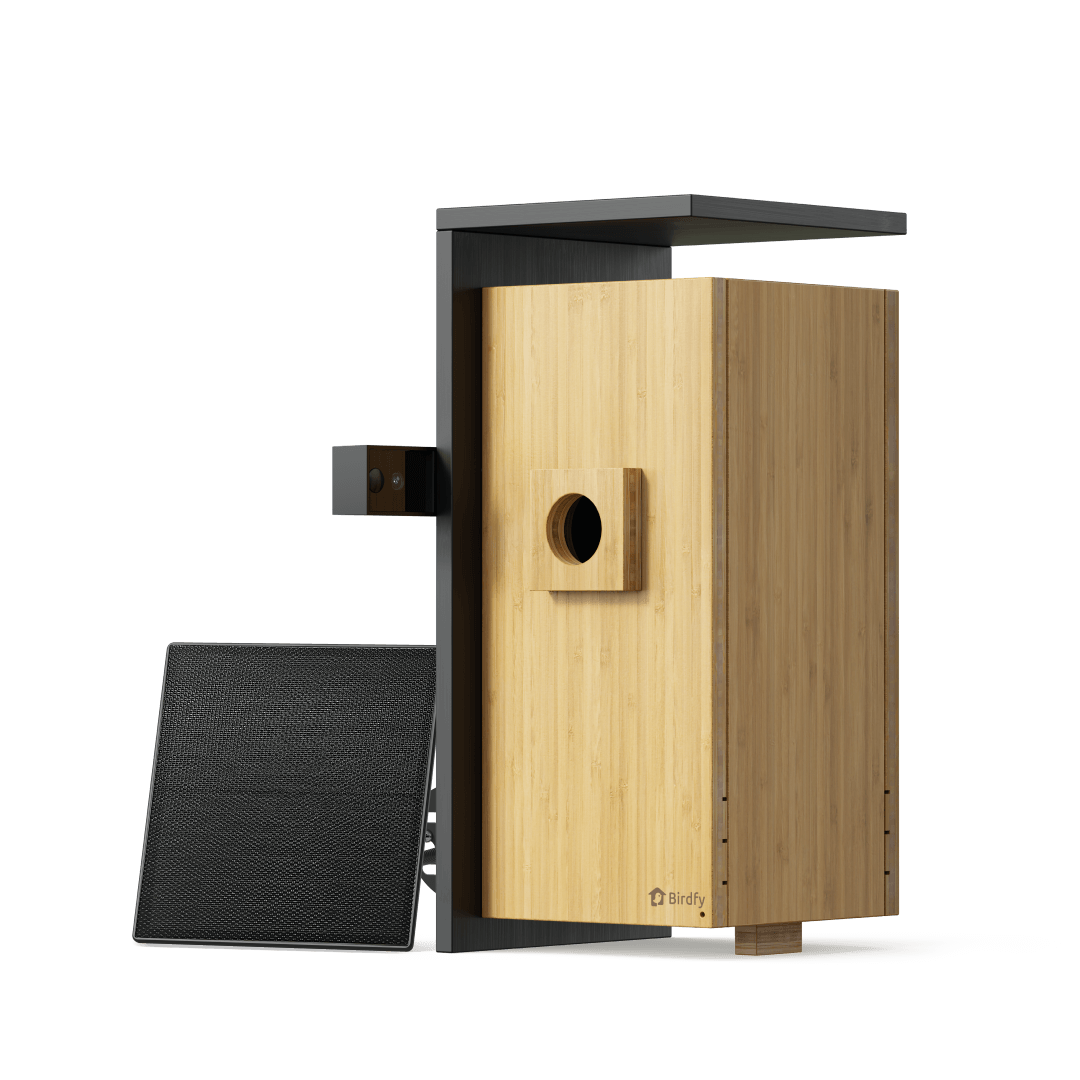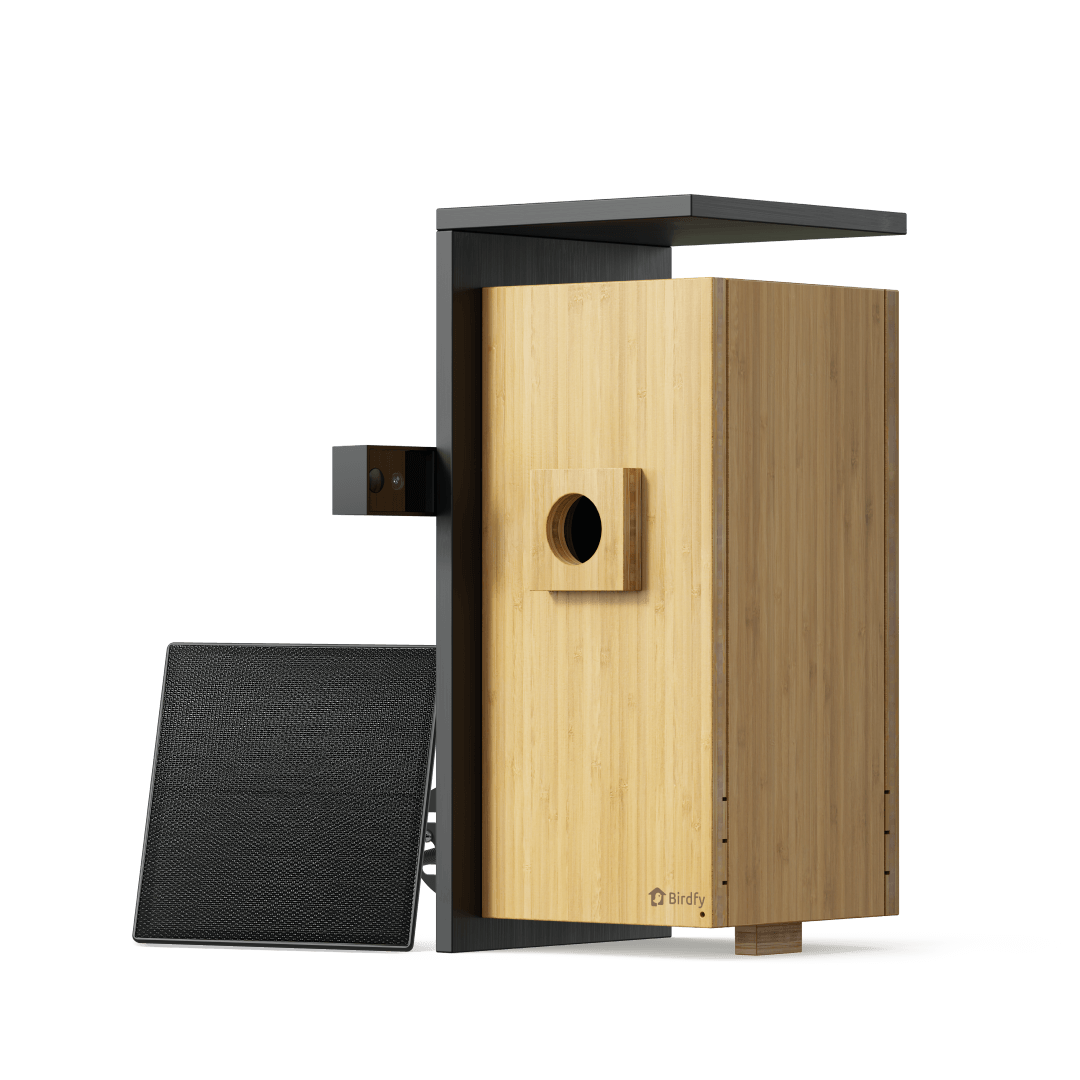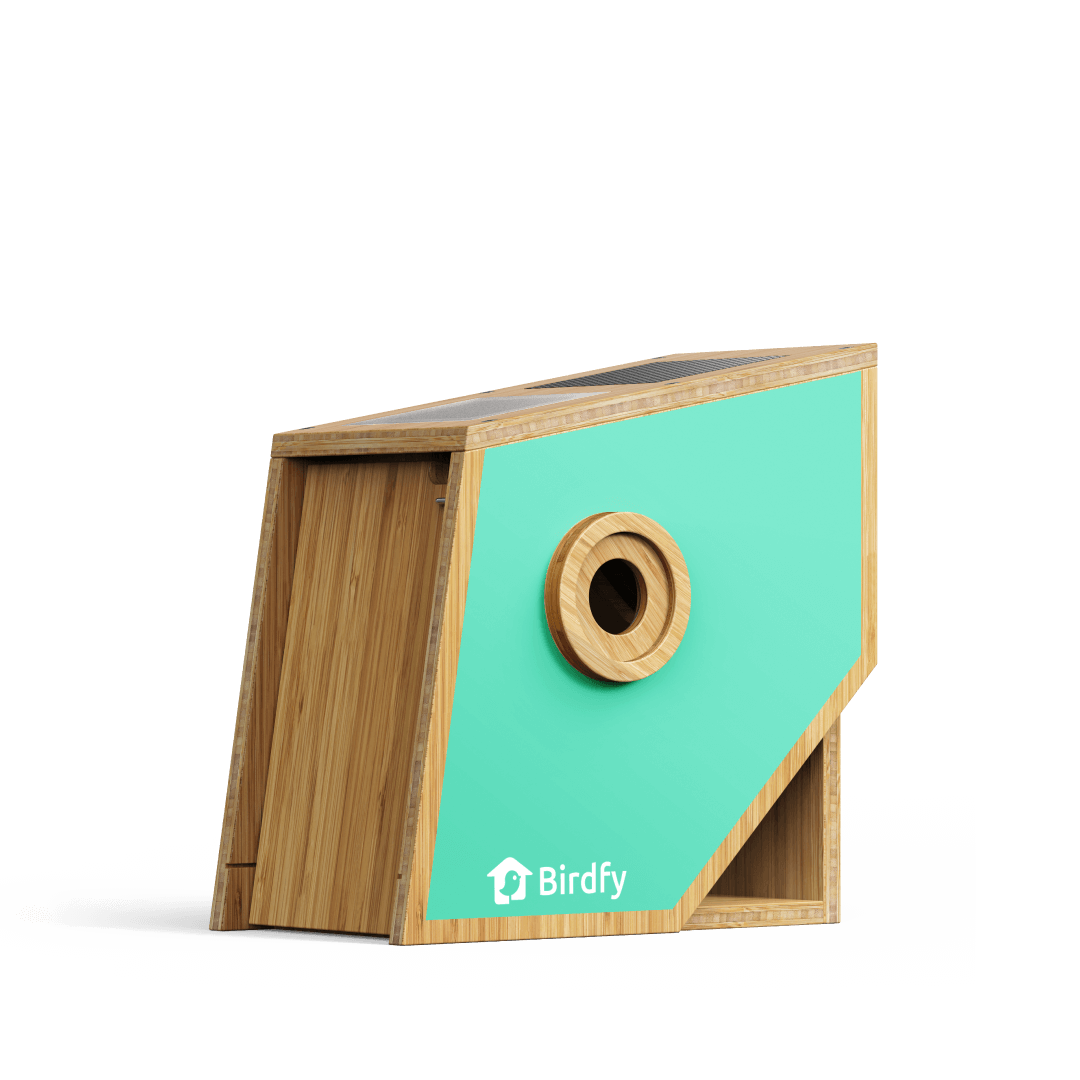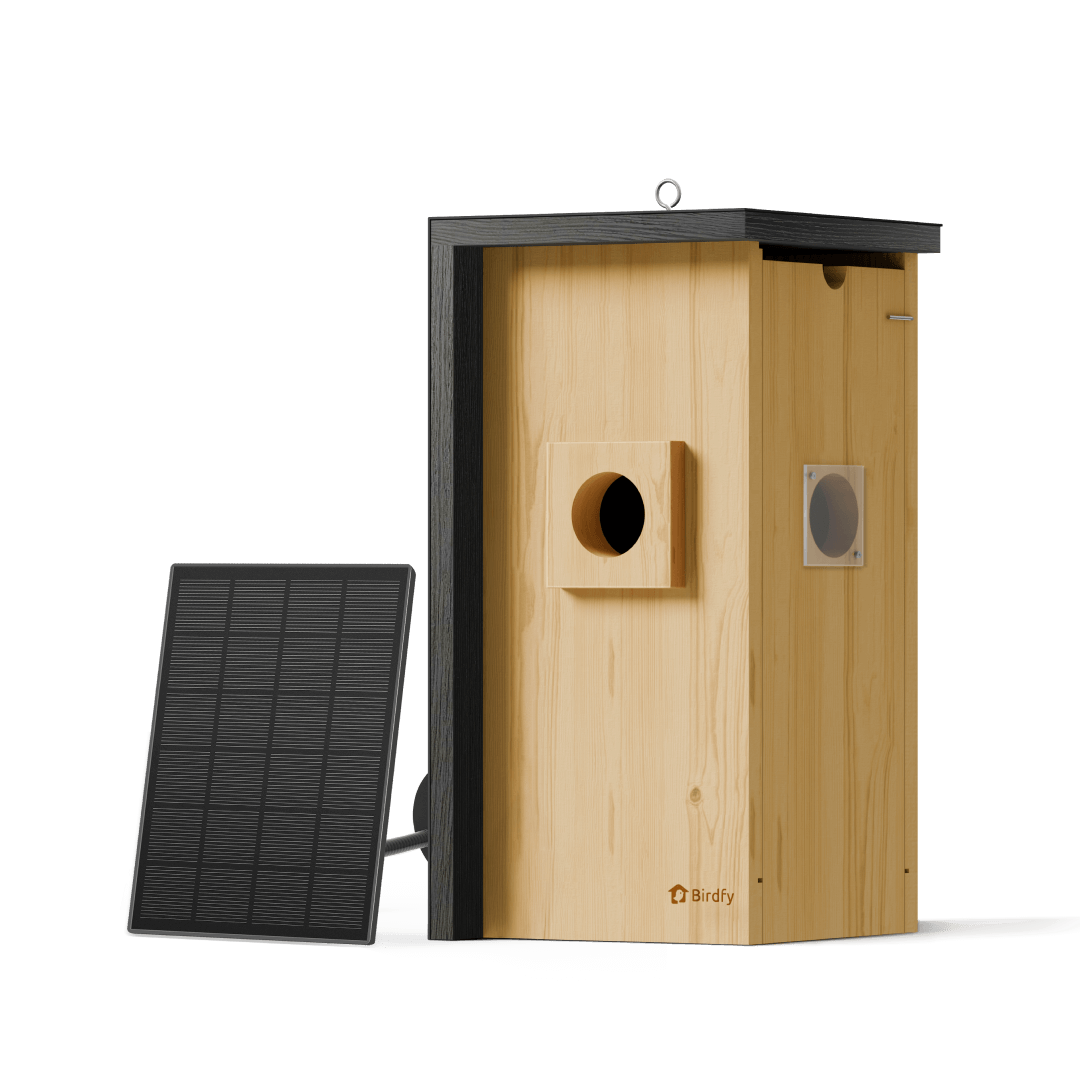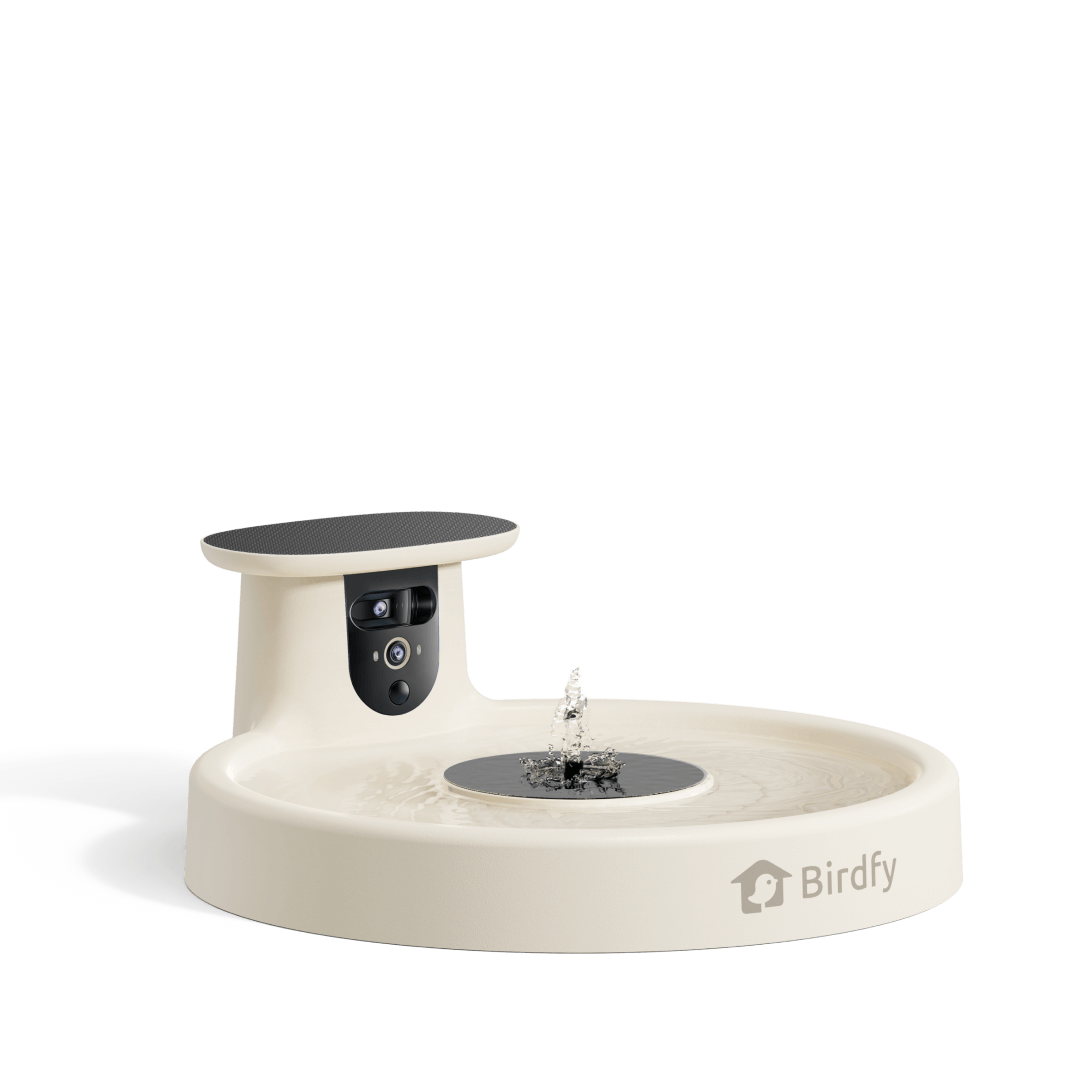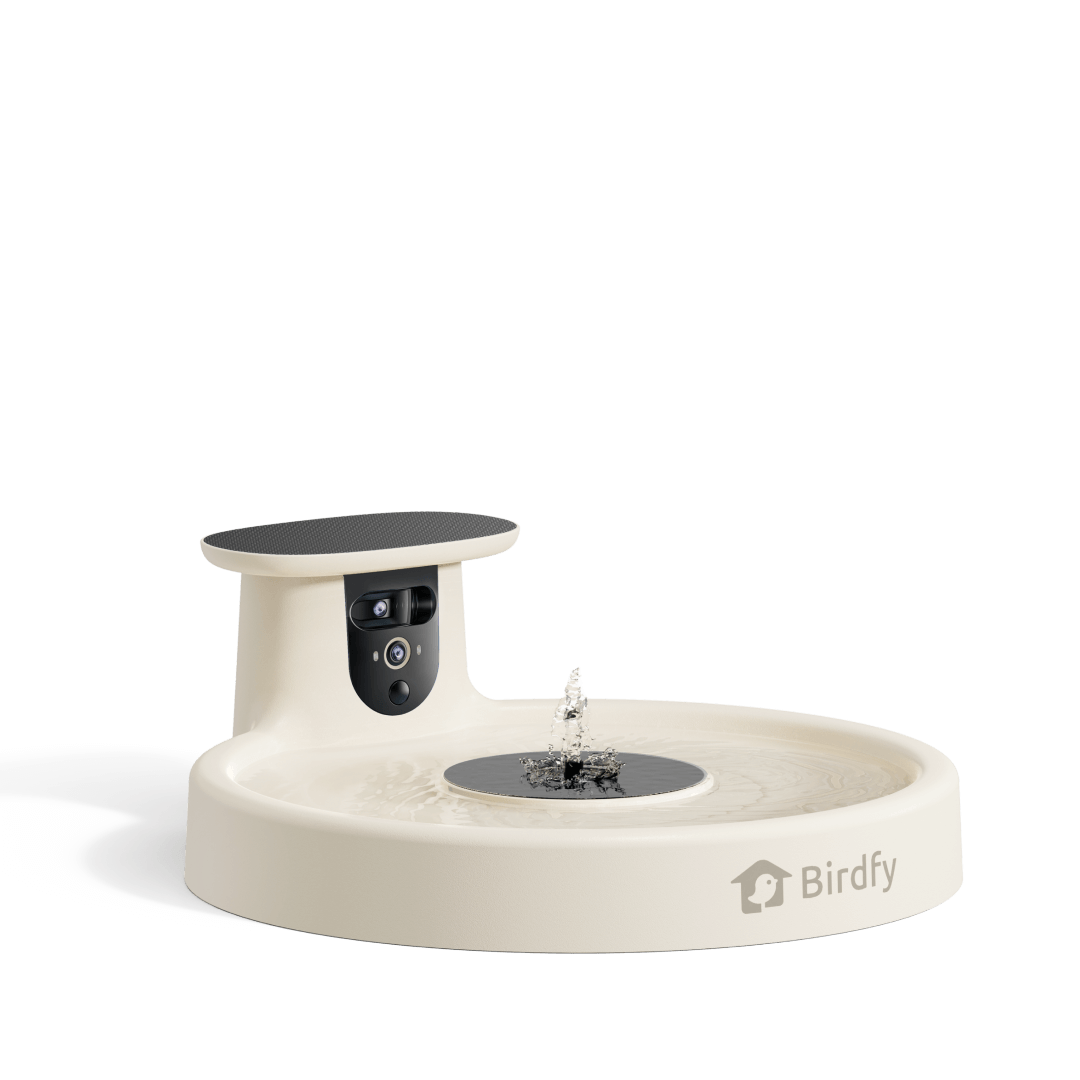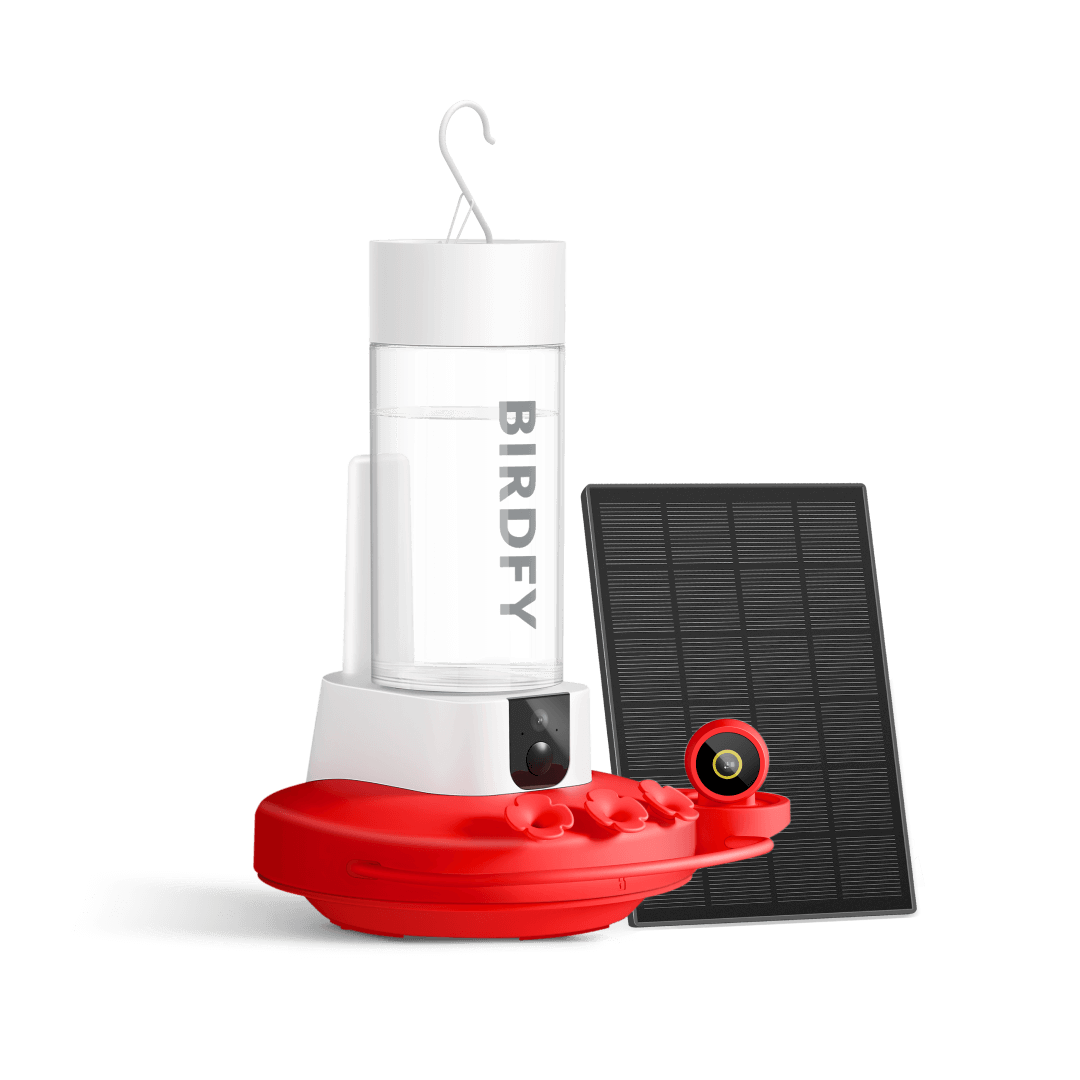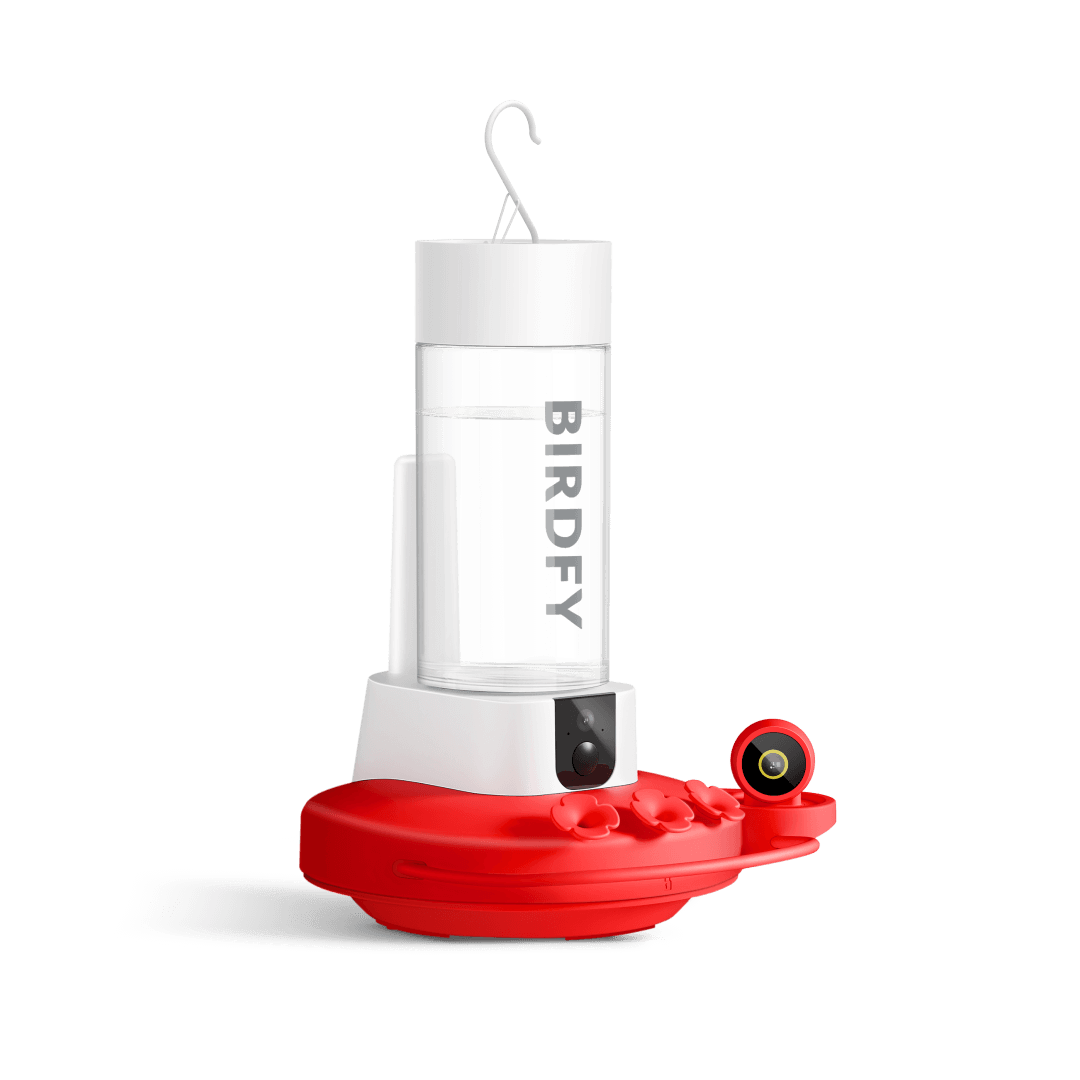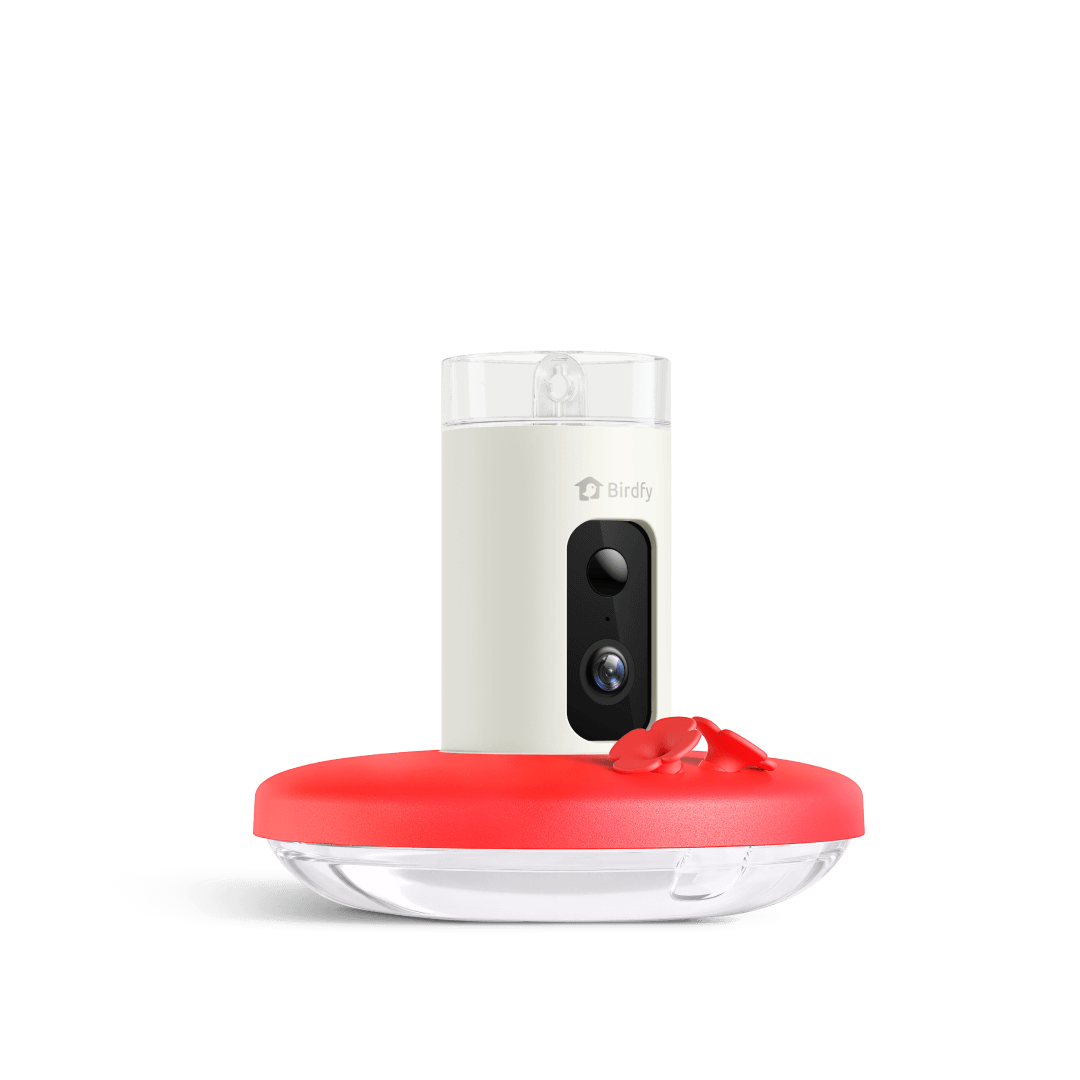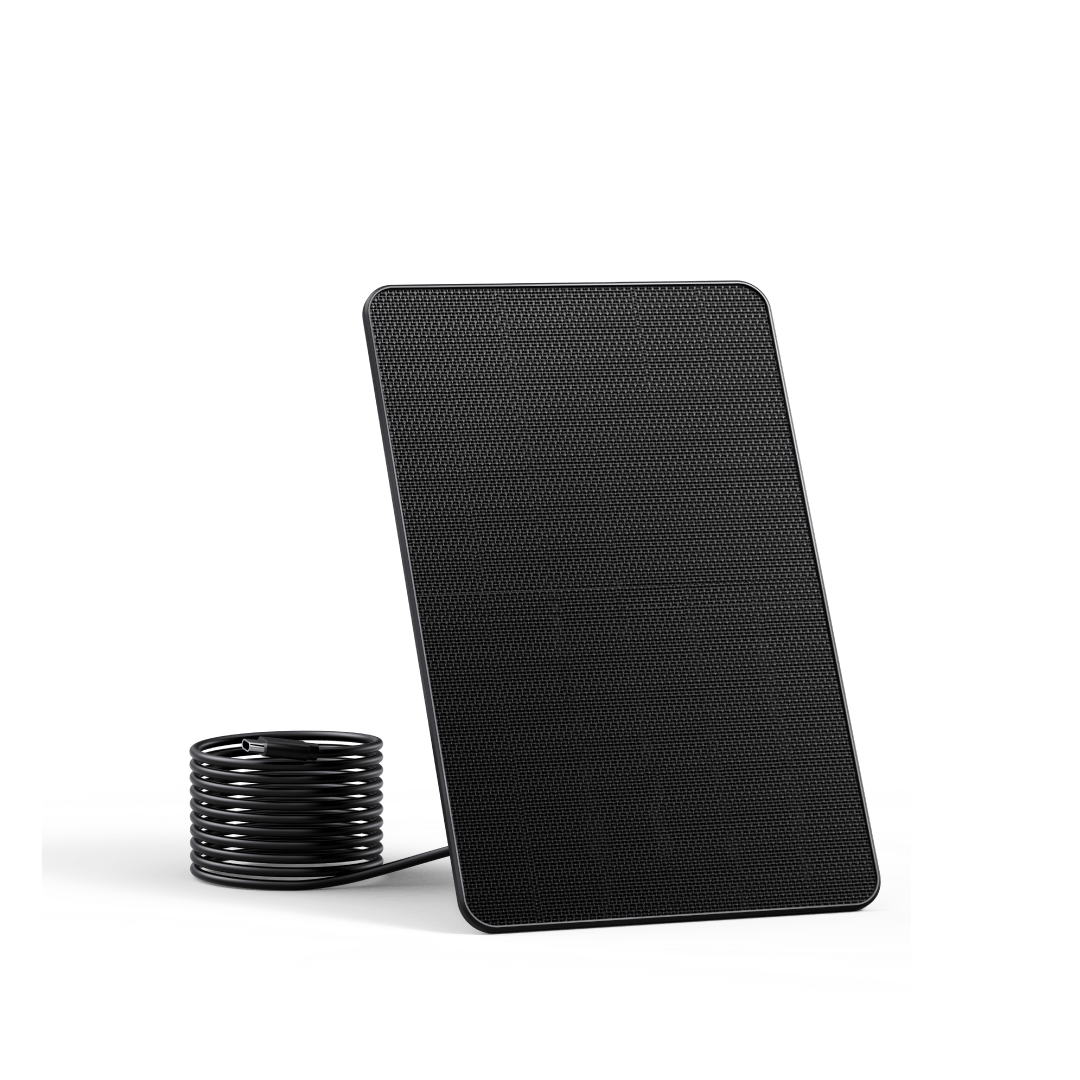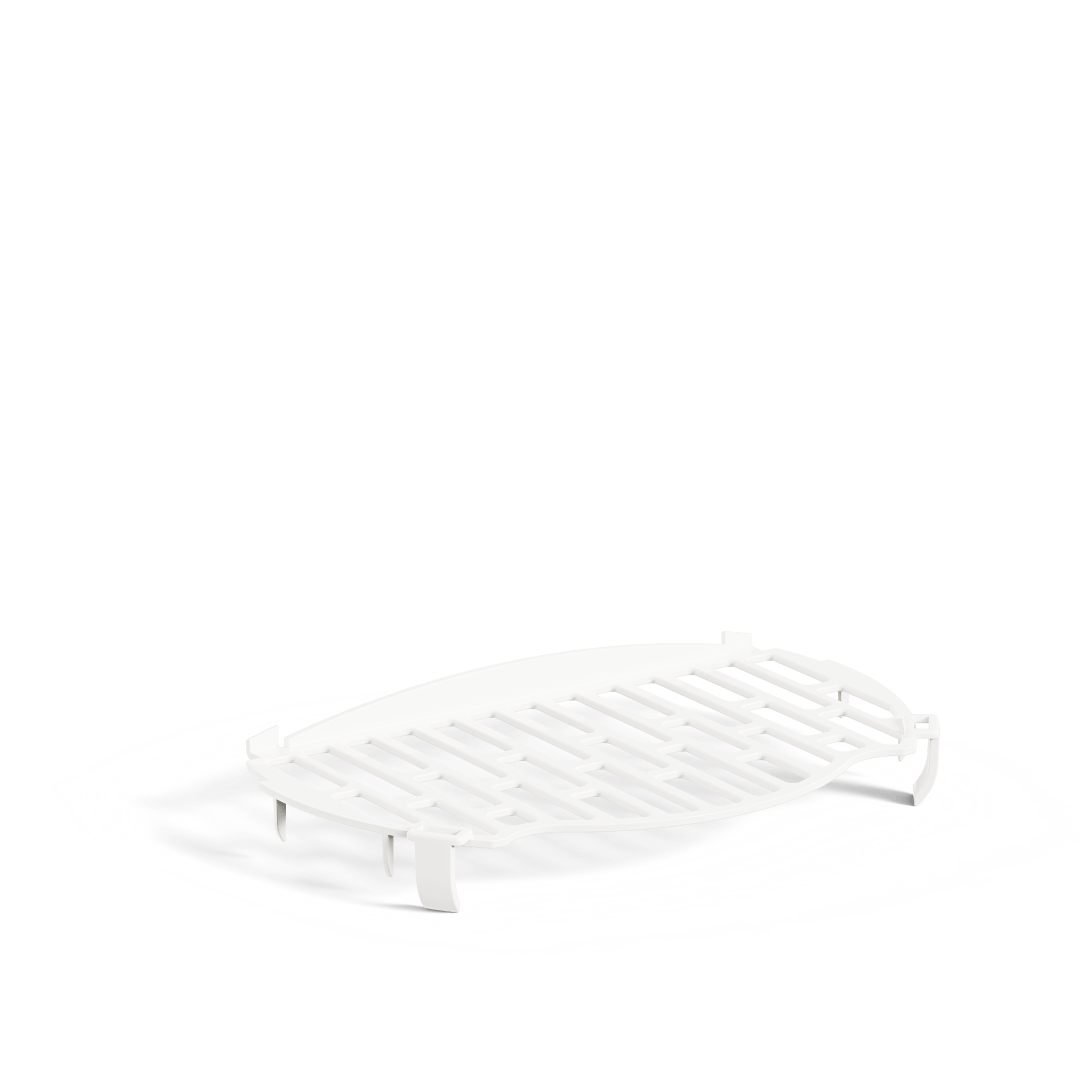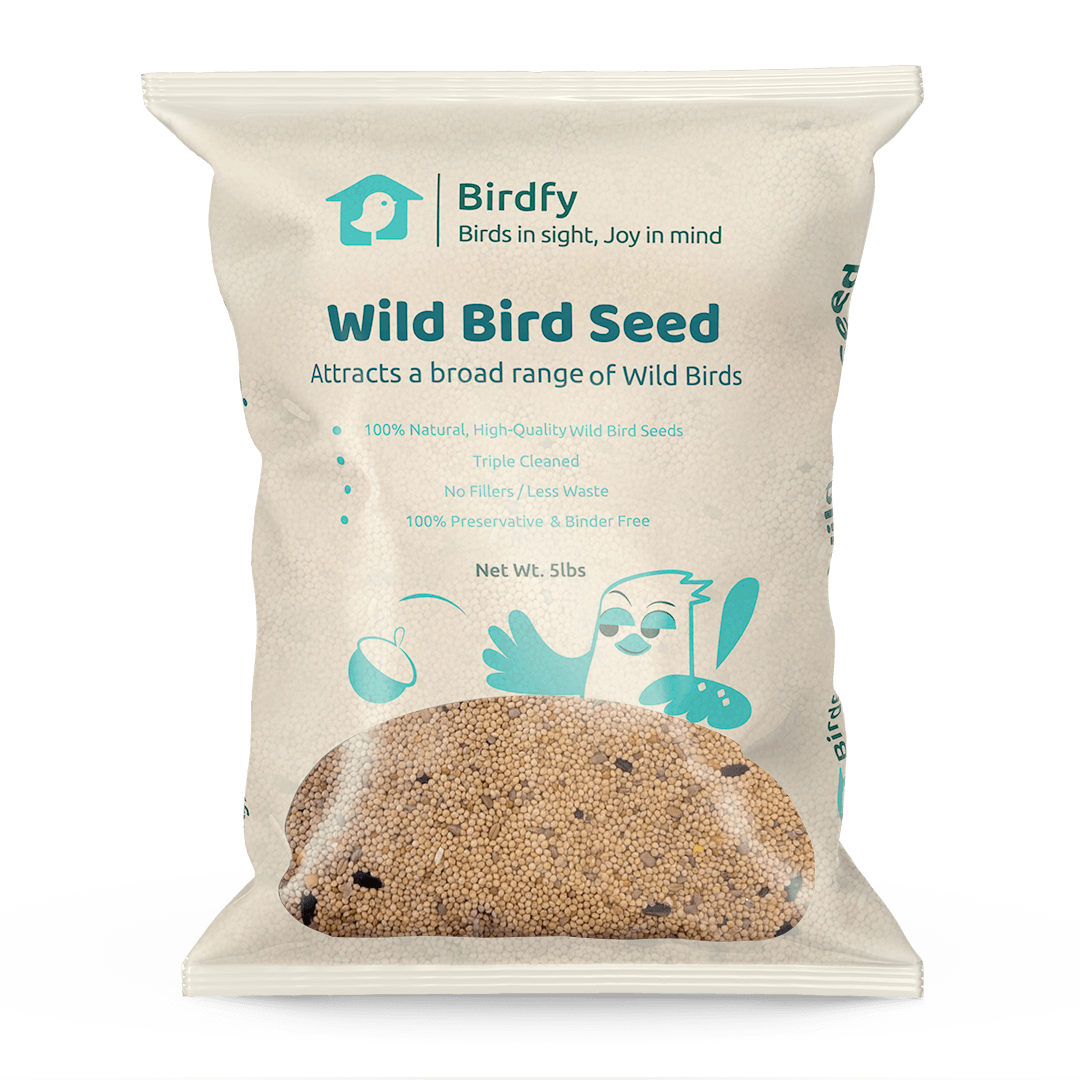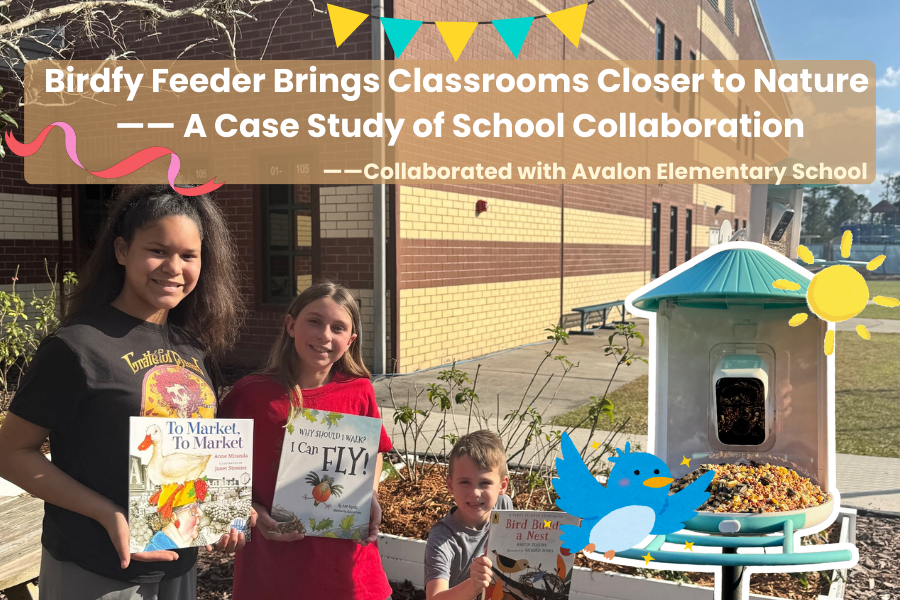The simple joy of hanging a new bird feeder and waiting for the first visitors is a familiar experience for many. The inevitable question that follows is: "How long does it take birds to find a feeder?" The answer is a fascinating blend of avian biology, learned behavior, and a bit of patience. This guide will explore the intricacies of how birds locate new food sources, provide realistic timelines, and offer tips to help birds find your feeder faster.
How Do Birds Find Bird Feeders?
Birds are not magical creatures that simply "sense" food from miles away. Instead, they rely on a sophisticated set of innate skills and learned behaviors to survive. Birds primarily use the following tools to locate bird feeders:
1. Exceptional Eyesight
Birds have highly developed vision. They are constantly scanning their environment for familiar shapes and colors that signal food. A hanging feeder or a platform filled with seeds stands out against the green and brown backdrop of a yard. Many birds are also particularly attuned to the color red, which is why numerous nectar feeders and hummingbird-specific flowers are of that hue.
2. Keen Hearing
Birds use their sharp hearing to locate other birds. The chorus of chirps, tweets, and calls you hear is not just random noise; it's a complex communication network. The excited chirping of chickadees or finches at a reliable food source acts as a dinner bell for other birds in the area, drawing them in to investigate.
3. Spatial Memory and Learning
This is perhaps the most critical factor. Birds are intelligent creatures with excellent spatial memory. They create detailed mental maps of their territory, memorizing the locations of reliable food sources, water, and shelter. When a new feeder appears, it’s a new landmark for them to investigate and, if it provides a good reward, add to their mental map.
4. General Foraging Instinct
Birds spend a significant portion of their day foraging. This involves methodically checking trees, shrubs, and the ground for insects, seeds, and berries. A new feeder is simply another part of their territory to investigate during their daily foraging rounds.
How Long for Birds to Find Feeder?
The timeline for birds to discover a new feeder is highly variable and depends on several factors. There is no single answer, but we can break it down into general expectations.
On average, you can expect birds to find a new feeder within a few days to two weeks. However, it can sometimes take longer.
The Detailed Timeline for Birds to Find a New Feeder
Within the First 24-48 Hours: The most curious and bold species, like Black-capped Chickadees, House Sparrows, and Northern Cardinals, are often the first to investigate a new object in their territory. They are neophilic (attracted to novelty) and have large territories, making them more likely to spot the feeder quickly.
Within the First Week: As the pioneer birds begin to feed, their activity and calls attract other species. You might start seeing American Goldfinches, Tufted Titmice, and Mourning Doves join the feast. The "dinner bell" effect is now in full swing.
Two Weeks and Beyond: More cautious or less common birds, such as woodpeckers, nuthatches, and native sparrows, may take longer to feel safe enough to approach. They will observe from a distance until they are confident the feeder is a safe and consistent source of food.
Factors Influencing How Long It Takes Birds to Find a Bird Feeder
Time of Year: Birds find feeders fastest when natural food sources are scarce, such as during late fall, winter, and early spring. During the abundant summer and autumn months, they have less incentive to seek out new food sources.
Feeder Placement and Safety: Is the feeder placed near natural cover like trees or shrubs? Birds need a quick escape route from predators. A feeder placed in the open may be avoided. Conversely, a feeder placed too close to dense cover might allow predators to ambush them. A distance of about 5-10 feet from cover is ideal.
Existing Bird Population: If you live in a new development with few trees or in a highly urban area, the local bird population may be sparse, leading to a longer discovery time.
Type of Food: Offering high-quality, preferred food like black oil sunflower seeds (a favorite for many species) will be found and appreciated much faster than a filler-heavy mix or a type of seed local birds don't prefer.
How to Get Birds to Find Your Bird Feeder
You don't have to just wait and hope. You can actively and ethically attract birds to your feeder more quickly. Here are the methods:
1. Strategic Placement
Place the feeder where birds are likely to see it. Near trees or bushes they frequent is ideal. If you have old feeders, placing the new ones nearby can help.
2. Use a Recognizable Food
Start with a universal favorite like black oil sunflower seeds. This appeals to the widest variety of birds, increasing your chances of attracting scouts.
3. Create a Landing Strip
Sprinkle some seed on the ground directly beneath the feeder and on a flat surface, like the top of the feeder. This creates a visual cue that attracts ground-feeding birds like doves and sparrows, who will then look up and discover the main source.
4. Provide Water
A birdbath is an incredibly powerful attractant. The sound and sight of moving water (via a drip or mister) is irresistible to birds and will draw them to your yard, where they will then notice the feeder.
5. Be Patient and Consistent
It is crucial to keep the feeder filled, especially in the beginning. Birds will add it to their mental map as a reliable source. If it's empty for days after they find it, they may remove it from their rotation.
Birdfy Feeder - AI-Powered Smart Bird Feeder with Camera
Equipped with a 2MP Camera & 1080P FHD Videos, this Birdfy smart bird feeder lets you enjoy close-up views of every feather. AI recognizes over 6,000 bird species and instantly notifies you when a visitor arrives. With IP65 waterproof protection, a 1.5L seed container, and a 5200mAh battery that works with a solar panel, it’s built for long-lasting performance.
Shop Now
FAQ About How Birds Find Feeders
Do birds tell each other where food is?
Yes, but not in the way humans do with language. They don't say, "There's a great new Nyjer seed feeder on Maple Street!" Instead, they use a principle called local enhancement. When one bird is seen actively and successfully feeding at a location, it signals to others that the location is safe and profitable. Their excited calls and congregating behavior act as a powerful attractant, essentially broadcasting the location of the food without explicit "words."
Can birds smell food from far away?
For the vast majority of backyard bird species, the answer is no. Birds that frequent feeders, such as songbirds, finches, and woodpeckers, have a very poor sense of smell. They rely almost exclusively on their vision and hearing to find food. This is a common myth, but research has consistently shown that birds like vultures (which do have a strong sense of smell) are the exception, not the rule. A bird will find a sealed container of seed just as quickly as an open one, proving that sight, not scent, is the primary trigger.
How Do Birds Find Food?
A combination of vision, smell, social cues, and memory helps birds locate food.
Many birds rely on their keen eyesight, allowing them to spot seeds, insects, or fruit from a distance. For example, raptors can detect subtle movements from high in the sky, while some species use color cues to identify ripe fruits or flowers.
Species such as seabirds or vultures also use their sense of smell to find food that isn’t immediately visible.
Birds also share information. Some observe the behavior of other birds or follow flock members to feeding areas, effectively learning where food is available.
Experience and memory are equally important. Birds often remember where and when food is available, returning to reliable sources such as feeders, flowering trees, or insect-rich habitats.
Conclusion
In conclusion, helping birds to find a new feeder is a test of patience that offers a rewarding glimpse into the complex and intelligent world of avian behavior. By understanding how they find food and providing a safe, reliable, and attractive station, you can turn your yard into a thriving hub of avian activity.














